The Ross Sea is a giant bay just 320 kms from the South Pole. A large portion of the sea is covered by the Ross Ice Shelf, the largest ice shelf in Antarctica. The sea is remote and positioned south and slightly east of New Zealand. The rich biodiversity draws travellers, especially in summer months when plankton brings feeding whales and Emperor Penguin rookeries are seen along the coast.
View our Ross Sea itineraries and you will see these voyages are a minimum of 25 days with some extending to 33 days. The long length of the voyages also means that exploring the Ross Sea is an expensive cruise to Antarctica.
Ross Sea Overview
Geography & Climate
The Ross Sea is the earth’s most southern sea. For the majority of the year, the sea is covered with pack ice. The strong winds and the relative warmth in the summer cause the ice melt that allows travellers to explore the sea. This vast sea has varying temperatures. The warmest months are are towards the end of summer in February. Temperatures average between 0°C and 1°C.
Wildlife
Ross Sea wildlife has some similarities as to what you will observe on the Antarctic Peninsula. The main differences are the large numbers of Emperor Penguin rookeries on the coast (as opposed to inland as most are on the peninsula) and an abundance of marine life sustained by plankton blooms in the summer. The Ross Sea ecosystem supports Orcas and Minke Whales, Crabeater and Ross seals, the Emporer and Adelie Penguins as well as many other land and sea birds.
Activities
Each ship offers a different range of activities in the Ross Sea including zodiac exploration and kayaking. Weather permitting, you may even get a chance to walk on the Ross Ice Shelf. We highly recommend voyages that include helicopter flights as there are multiple sites in the Ross Sea that are best reached, or only accessible, by helicopter.
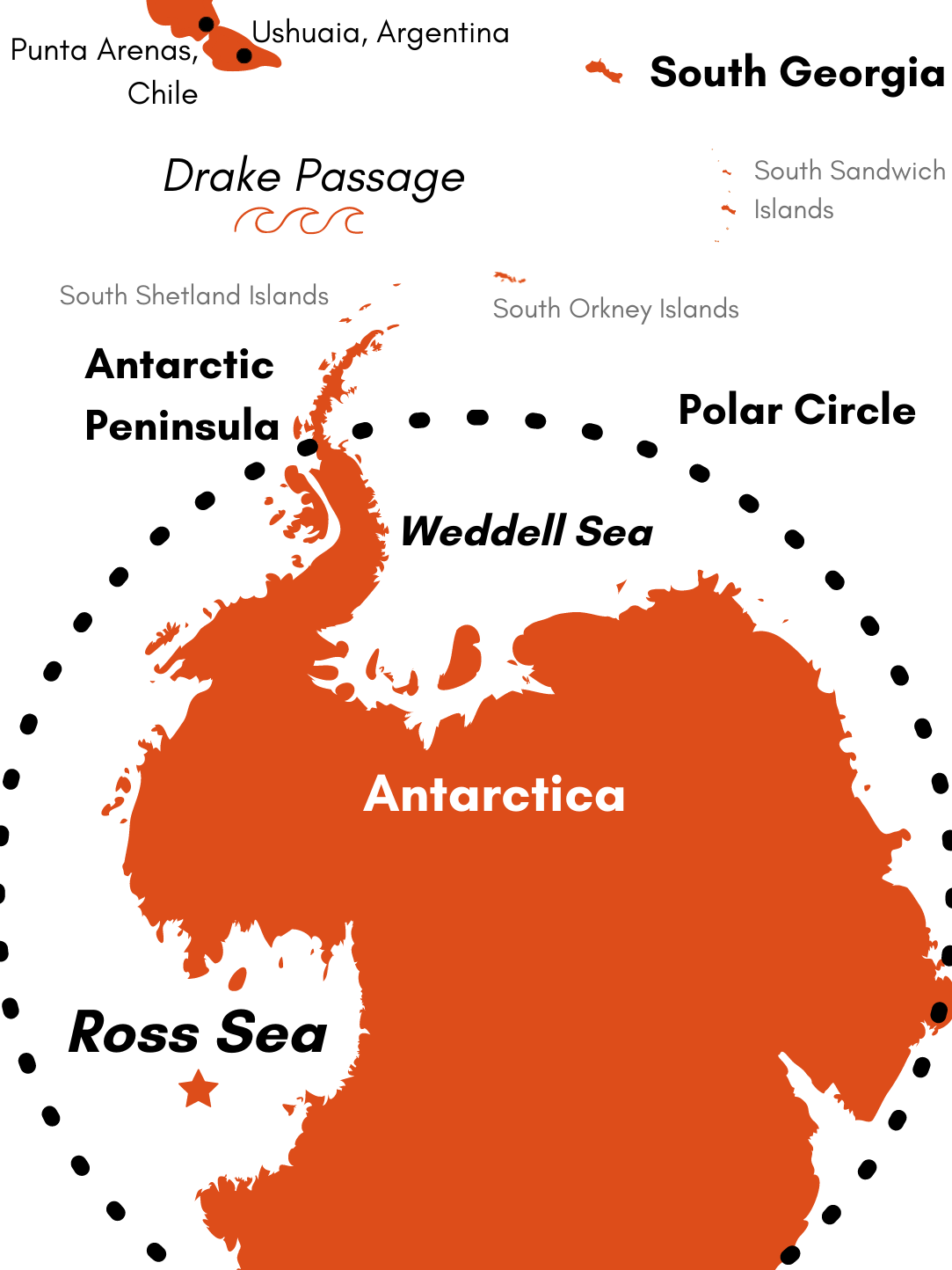
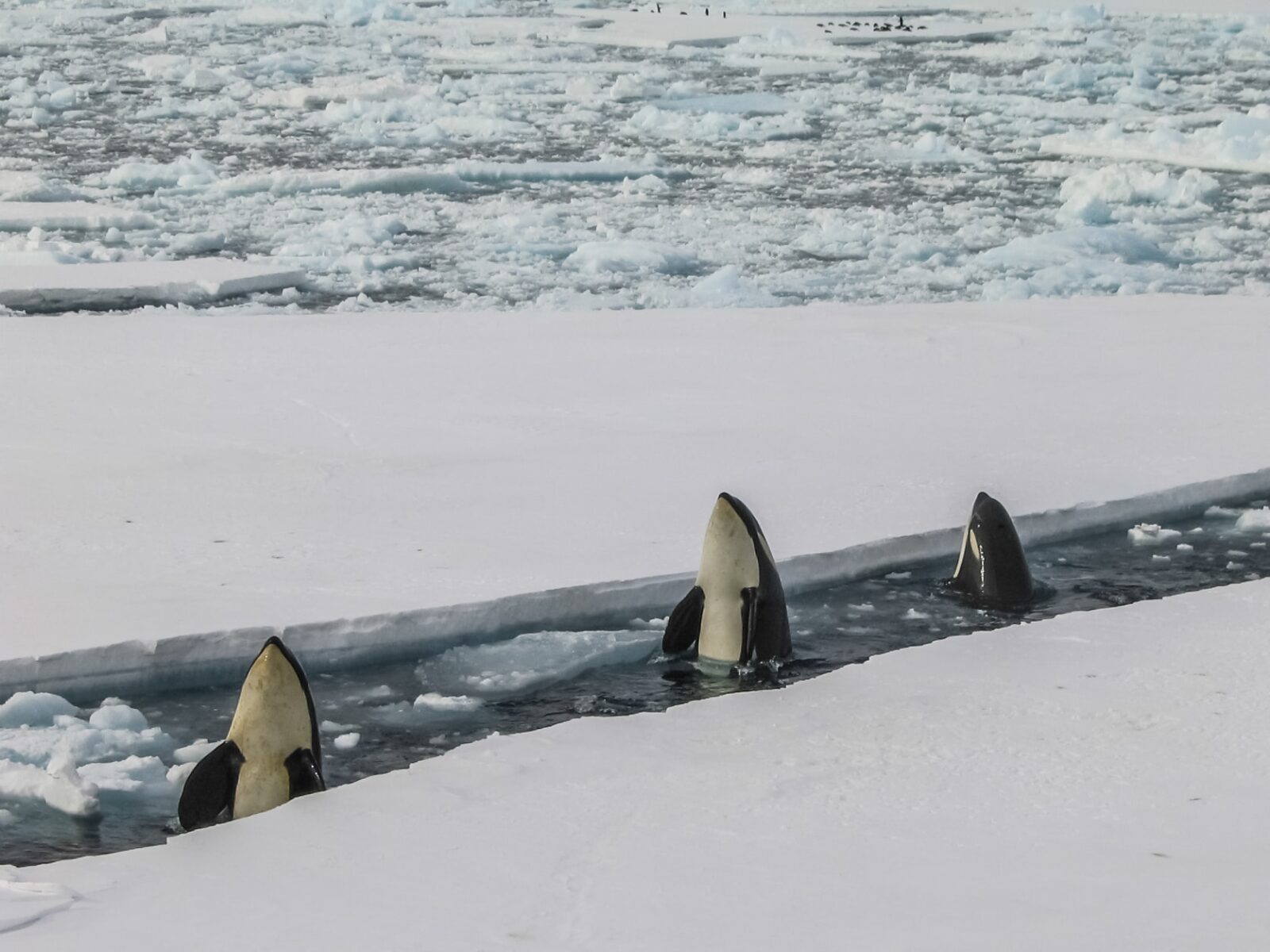
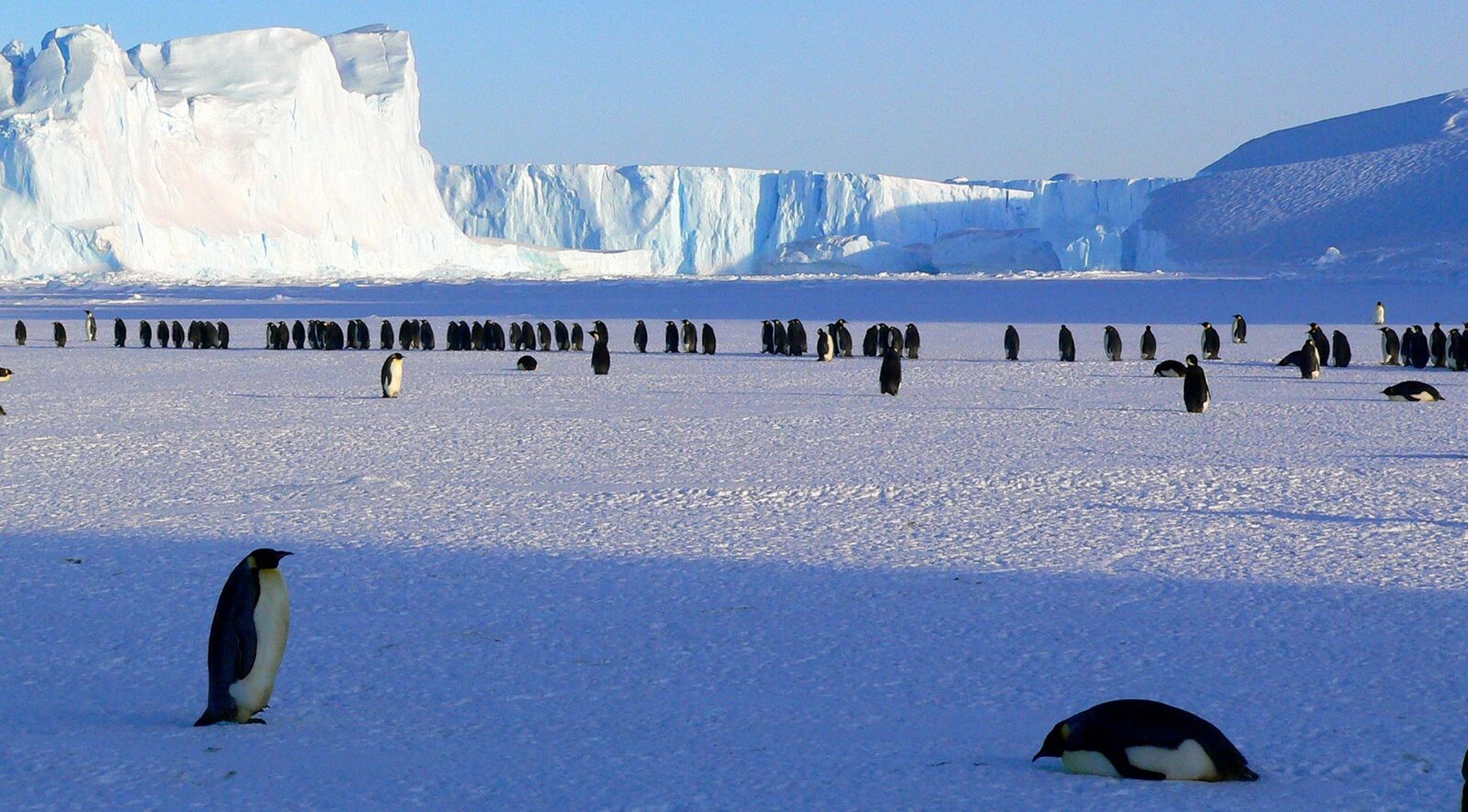
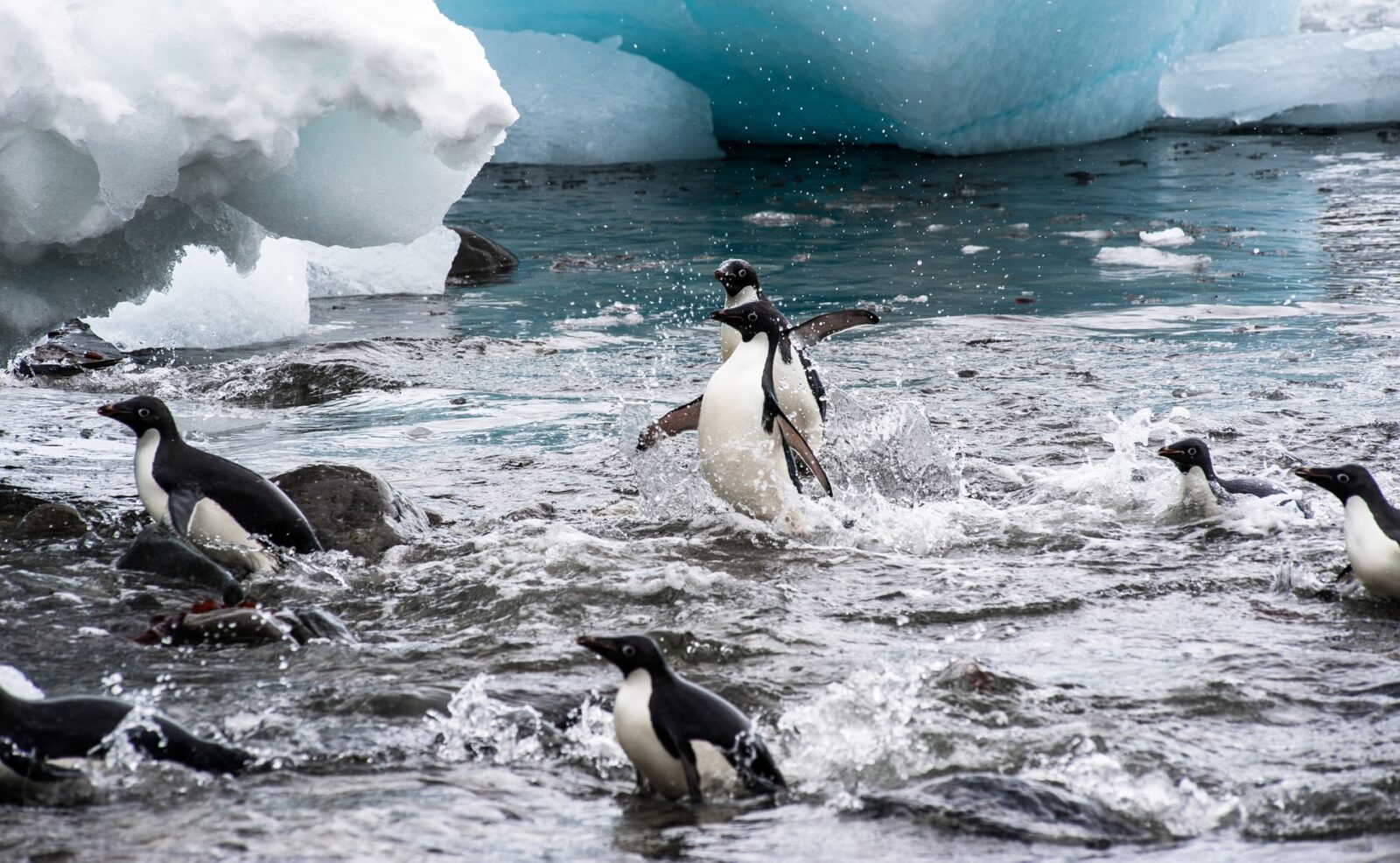
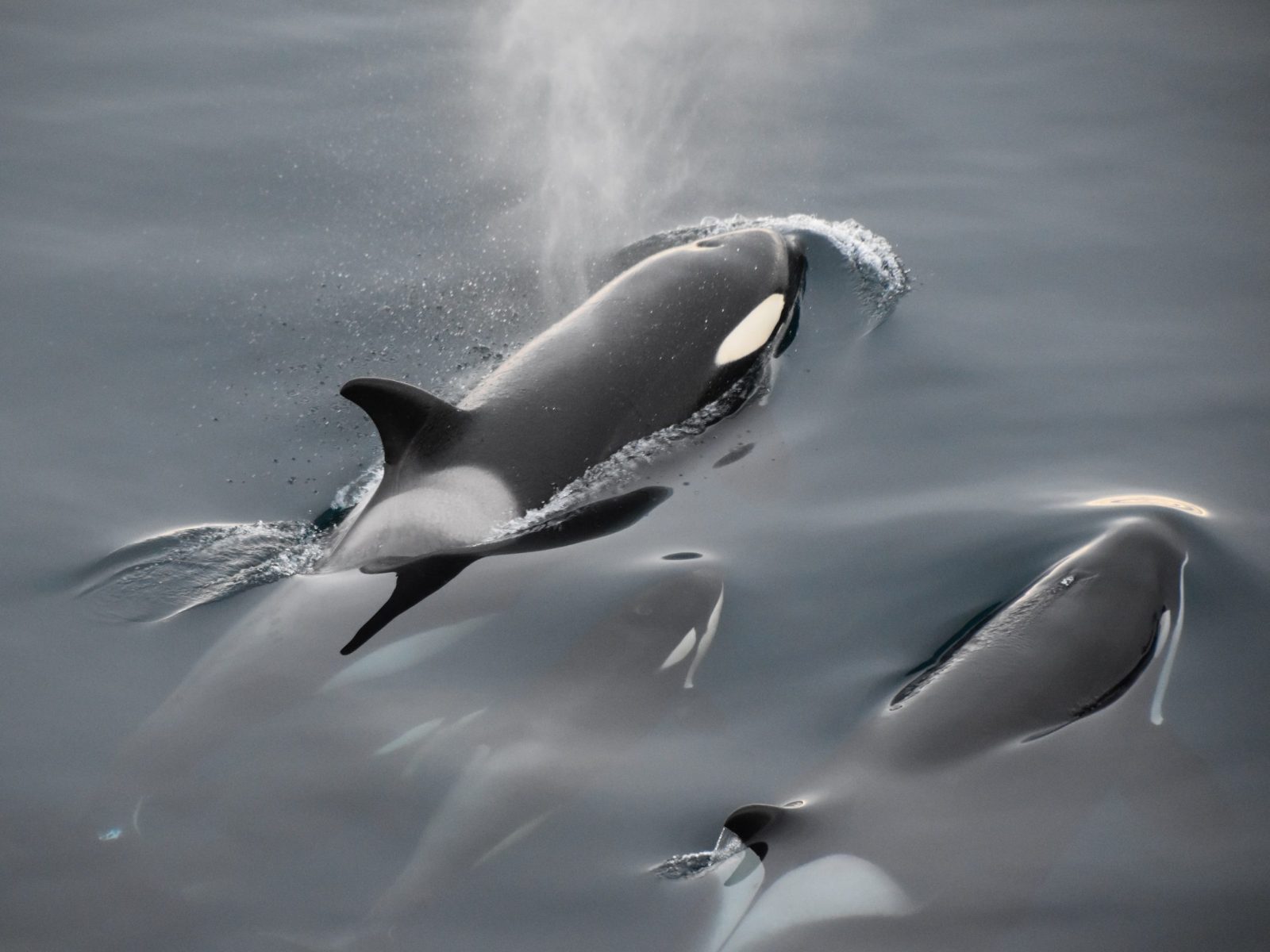


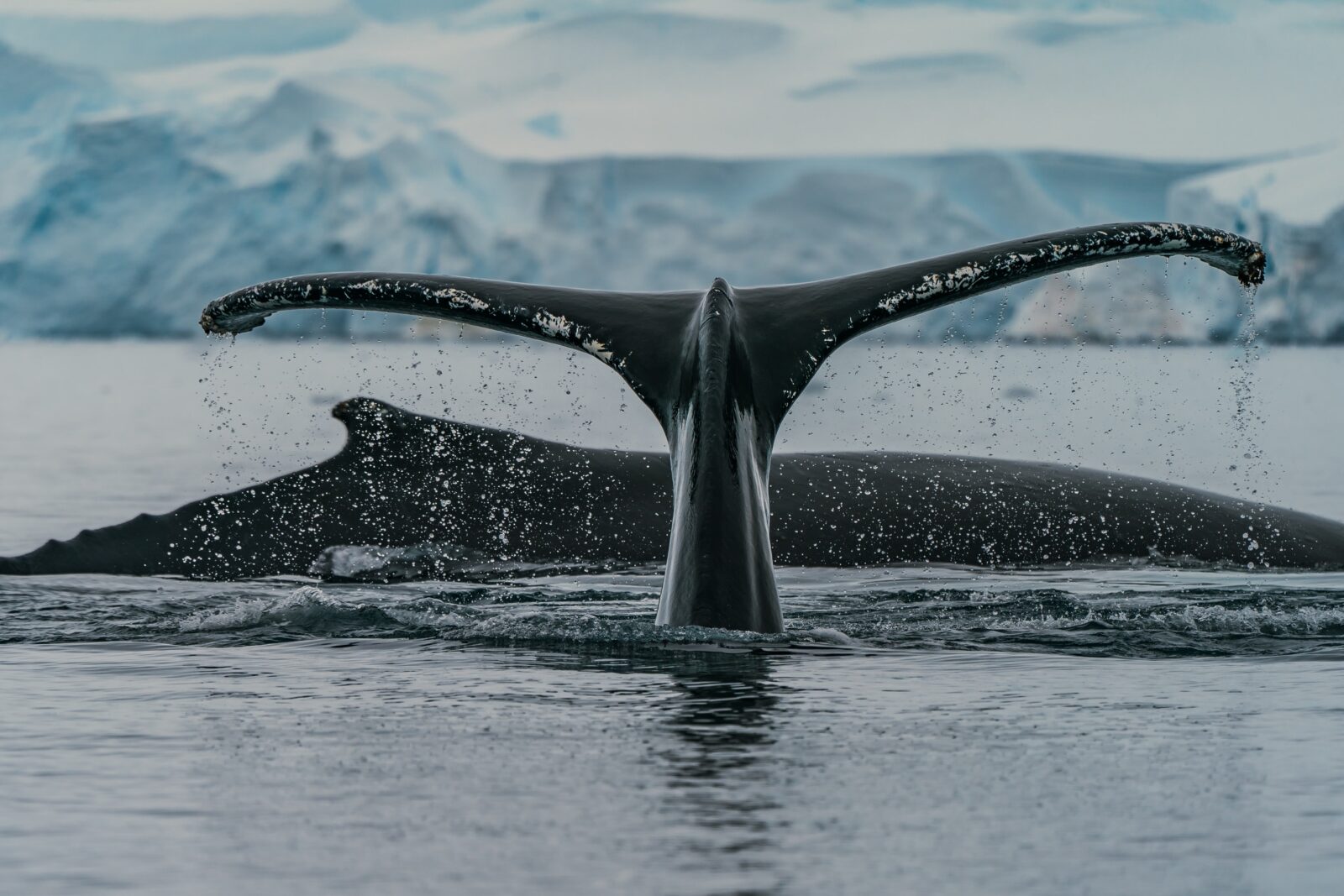
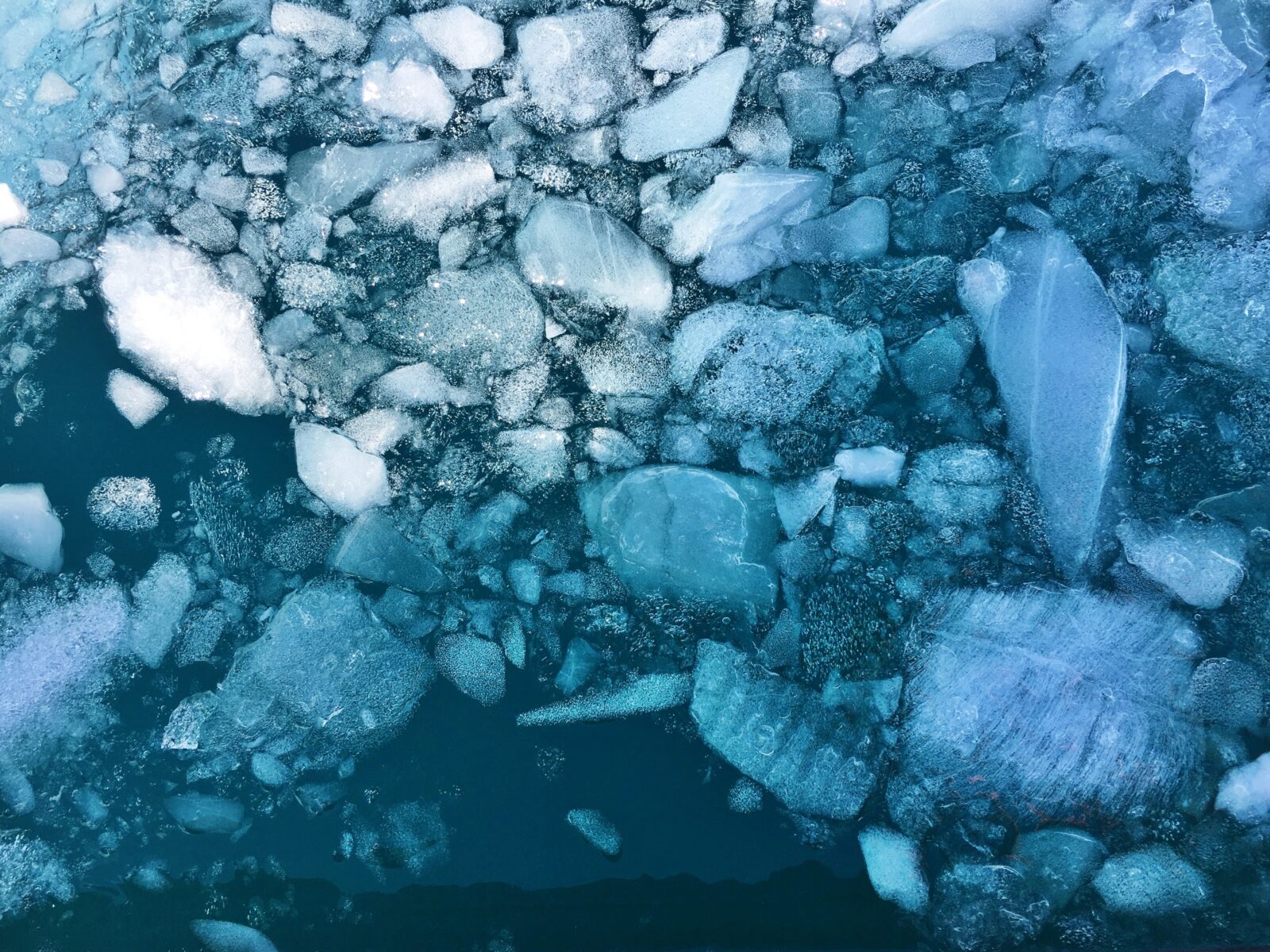
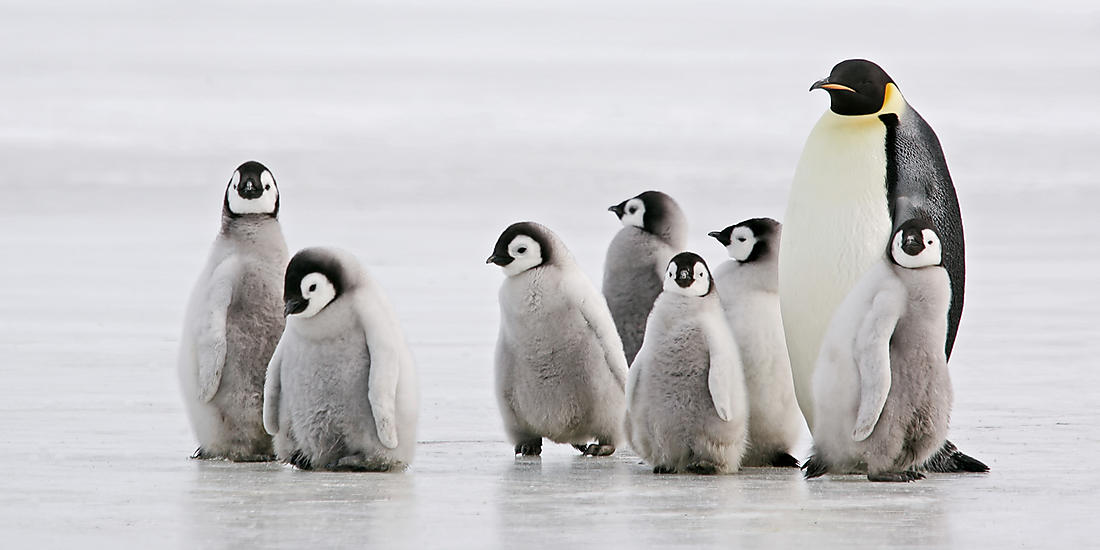

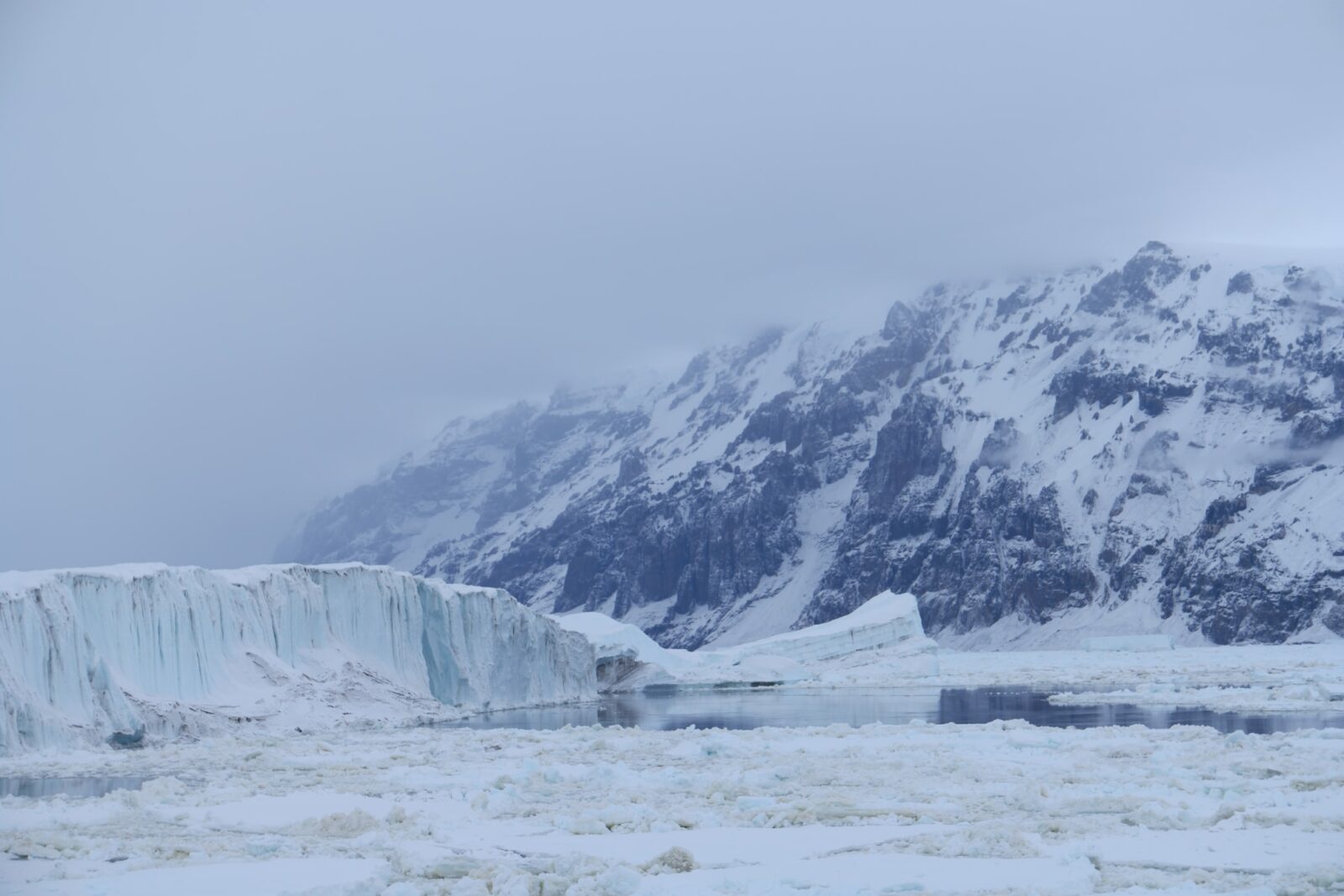
Location Highlights
The Ross Sea offers intrepid travellers a range of destinations to visit. From its famous ice shelf, to the rugged coastlines and prominent capes – the Ross sea is full of adventure for those willing to make the long journey to explore.
Cape Adare
This black basalt cape sits in between the Southern Ocean on the west and the Ross Sea on the east. Cape Adare is most well known is huge population of Adelie Penguins and claims the largest Adelie rookery on the planet. Historically, Cape Adare was a key location for early explorers to Antarctica. It was the also the site of the very first documented Antarctic landing on the continent in 1895.

